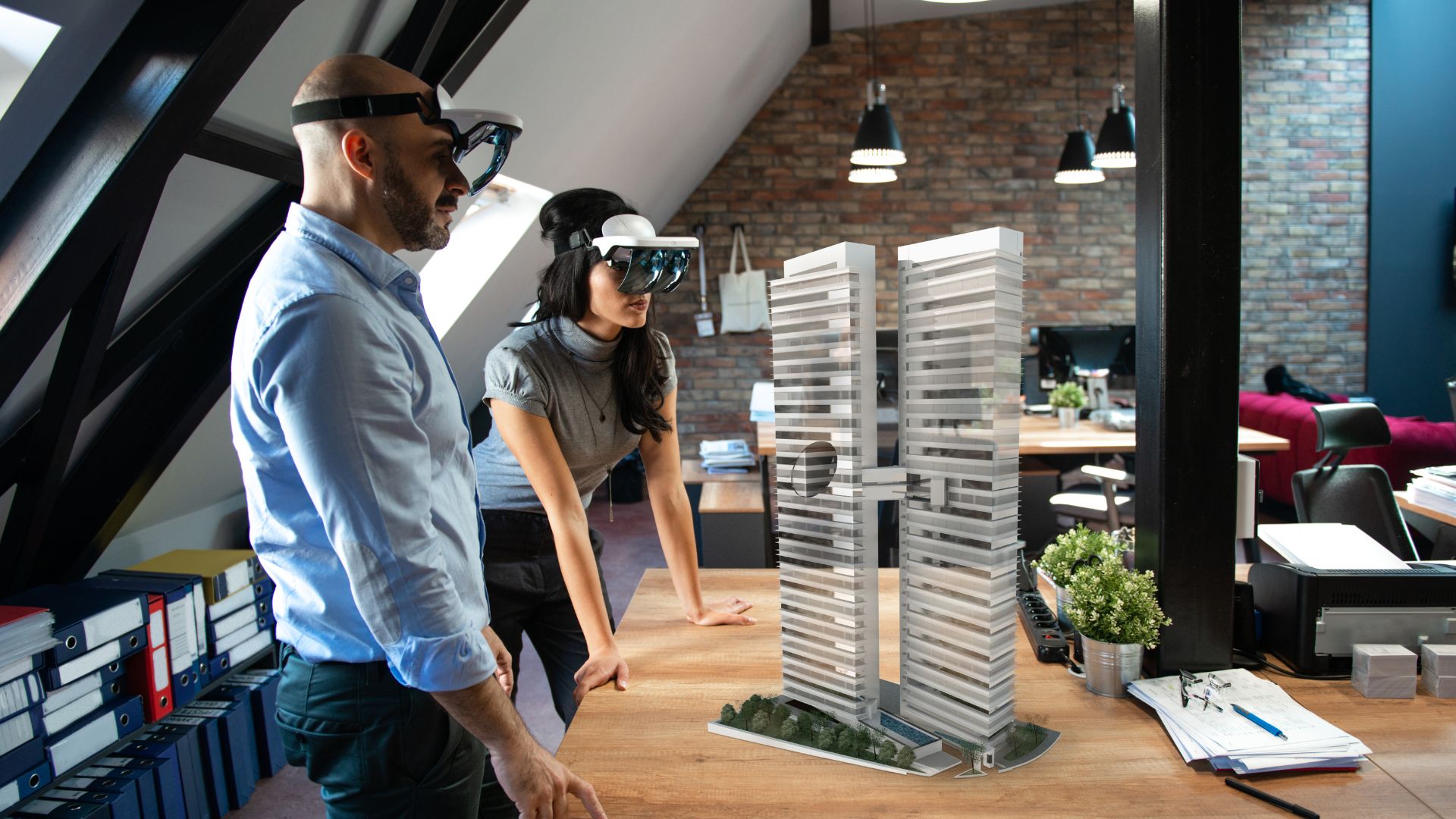Imagine stepping into your dream home before it’s even built. Visualizing your architectural design in 3D, walking through rooms, and noticing every minute detail.
So, let’s delve into the world of virtual reality architecture, exploring its benefits, how it’s transforming the industry, and what the future holds.
Virtual Reality Architecture
Diving deeper into the heart of the topic, let’s trace back the roots of virtual reality architecture.
Understanding Virtual Reality Architecture
In the realm of building design and construction, virtual reality architecture has been a game-changer. Progressing from early adoptions in the 1960s to integration with current design tools, virtual reality has embedded itself in architectural practice.
Defining Virtual Reality in the Context of Architecture
Virtual Reality, or VR, denotes a simulated experience in a computer-generated environment. In the domain of architecture, it provides architects and clients a comprehensive perception of proposed designs. By immersing stakeholders in a detailed, three-dimensional presentation of a project, rare insights into the design’s feel, scale, and spatial arrangements become accessible before actual construction.
Applications of Virtual Reality in Architecture
Virtual reality, having proven its capability to transform industries, notably changes the landscape of architecture. Beyond its prediction power as a visualization tool, it alters how architects, engineers, and clients interact with designs.
Design and Visualization
Virtual reality architecture takes designing and visualizing to new heights. Equipped with VR technology, architects translate complex concepts into vivid, immersive, 3D visualizations. Unlike 2D plans or static 3D models, these VR models offer a lifelike walkthrough of unbuilt spaces, complete with textures, lighting, and spatial relationships.
Collaboration and Client Engagement
Not only a tool for architects, VR paves the way for enhanced collaboration and client engagement. In the era of digital communication, virtual reality architecture offers a shared experience that transcends geographical boundaries. Tools such as “Enscape” let architects and clients interact within the digital built environment, discuss modifications, and make real-time changes.
Educational and Training Tools
Lastly, virtual reality finds significant applications in education and training. Universities and institutions, utilizing VR, bring architectural theories and concepts to life. Students immerse in historical structures or future possibilities, experiencing architectural marvels in a realistic setting.
Benefits of Implementing Virtual Reality in Architecture
Applying virtual reality in architecture presents an impactful shift in how architects envision, manipulate, and implement designs. Here are some of the key benefits.
Enhanced Design Accuracy and Exploration
With the use of VR technology, architects obtain the freedom to rigorously explore and scrutinize their designs, all in virtual space. Virtual reality brings the ability to conduct a detailed walk-through of the proposed design, enabling architects to examine their work from every conceivable angle.
Improved Client Communication and Approval Process
VR extends a reasonably efficient tool for client communication. A detailed virtual walk-through delivers a vivid visual of what the final product will look like, much before the physical structure gets constructed. Draft drawings, blueprints, or even 3D views on paper or a computer screen might not convey the full spatial concept.
Cost Savings and Risk Reduction
Virtual reality’s early flaw detection capabilities significantly reduce the risks associated with error identification after construction has begun. Any construction error, big or small, can lead to an increase in time, cost, and resources. Using technologies like VR and augmented reality, architects can detect design flaws before the foundation gets laid.
Must Know
Virtual reality architecture has undeniably etched its mark on the design and construction industry. It’s not just a trend but a transformative technology, enhancing design processes, collaboration, and client engagement. Despite challenges, it’s clear that the industry is embracing this technology, integrating it with other advanced tools like AI and Machine Learning. As we look to the future, the continued evolution of virtual reality architecture promises even more exciting developments. From ‘smart’ buildings to mixed reality technologies, these advancements will only deepen the impact of virtual reality on architecture. It’s a thrilling time for architects, students, and clients alike, as virtual reality continues to reshape our perception of design and construction.
